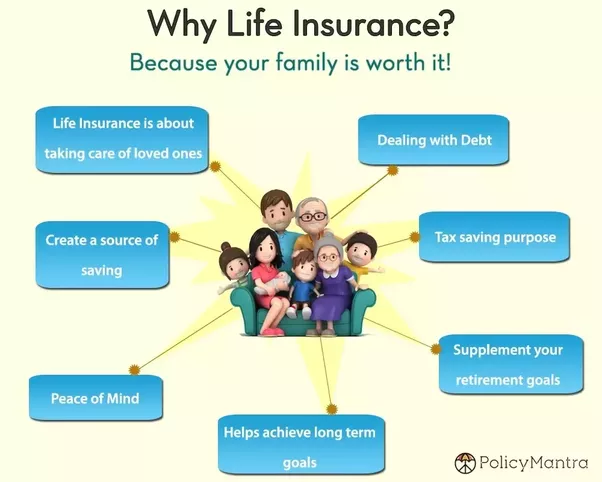Pacific Prime - Truths
Pacific Prime - Truths
Blog Article
Examine This Report on Pacific Prime
Table of ContentsExamine This Report about Pacific PrimeThe Of Pacific PrimeThings about Pacific PrimeThings about Pacific PrimeIndicators on Pacific Prime You Should Know

This is because the data were collected for a period of solid financial performance. Of the estimated 42 million people who were without insurance, all yet about 420,000 (concerning 1 percent) were under 65 years old, the age at which most Americans end up being qualified for Medicare; 32 million were grownups in between ages 18 and 65, around 19 percent of all adults in this age team; and 10 million were youngsters under 18 years of age, about 13.9 percent of all children (Mills, 2000).
These price quotes of the variety of individuals uninsured are generated from the annual March Supplement to the Present Population Survey (CPS), performed by the Demographics Bureau. Unless otherwise noted, nationwide estimates of individuals without health insurance and percentages of the population with different type of coverage are based on the CPS, the most widely utilized source of estimates of insurance coverage and uninsurance prices.
7 Easy Facts About Pacific Prime Explained

Still, the CPS is particularly valuable since it generates annual estimates relatively promptly, reporting the previous year's insurance protection estimates each September, and because it is the basis for a constant collection of estimates for even more than 20 years, permitting for evaluation of trends in coverage with time. For these factors, in addition to the extensive use of the CPS in other studies of insurance policy protection that exist in this report, we count on CPS quotes, with limitations noted.

The estimate of the variety of without insurance people expands when a populace's insurance policy condition is tracked for numerous years. Over a three-year period beginning early in 1993, 72 million people, 29 percent of the U.S. https://pacificpr1me.wixsite.com/my-site-1/post/pacific-prime-your-trusted-partner-in-international-health-insurance. population, lacked protection for at least one month. Within a solitary year (1994 ), 53 million individuals experienced a minimum of a month without coverage (Bennefield, 1998a)
6 out of every 10 uninsured grownups are themselves employed. Although functioning does boost the chance that a person and one's relative will have insurance coverage, it is not a warranty. Also participants of family members with two permanent breadwinner have practically a one-in-ten chance of being uninsured (9.1 percent without insurance rate) (Hoffman and Pohl, 2000).
The smart Trick of Pacific Prime That Nobody is Discussing
New immigrants account for a substantial proportion of people without medical insurance. One analysis has connected a significant part of the current development in the size of the united state uninsured population to immigrants that got here in the country between 1994 and 1998 (Camarota and Edwards, 2000). Current immigrants (those that pertained to the United States within the previous four years) do have a high rate of being without insurance (46 percent), but they and their youngsters make up just 6 percent of those without insurance coverage across the country (Holahan et al., 2001).
The relationship between medical insurance and accessibility to care is well developed, as documented later in this chapter. The connection between health insurance and health results is neither straight neither straightforward, a considerable clinical and wellness solutions research study literature links health insurance policy protection to enhanced access to care, better top quality, and boosted individual and population health standing.
Degrees of analysis for analyzing the effects of uninsurance. This conversation of health insurance policy coverage focuses largely on the U.S. population under age 65 because virtually all Americans 65 and older have Medicare or various other public protection. Additionally, it concentrates especially on those with no health insurance policy for any type of length of time.
Pacific Prime Fundamentals Explained
The problems faced by the underinsured are in some areas similar to those faced by the uninsured, although they are normally much less severe. Health and wellness insurance policy, however, is neither necessary neither adequate to acquire accessibility to medical services. The independent and straight result of health and wellness insurance protection on access to health solutions is well established.
Others will certainly acquire the health treatment they need even without medical insurance, by spending for it out of pocket or seeking it from companies who use care cost-free or at extremely subsidized prices. For still others, medical insurance alone does not make certain receipt of treatment as a result of various other nonfinancial barriers, such as a lack of health care providers in their neighborhood, limited access to transport, illiteracy, or linguistic and social distinctions.
All About Pacific Prime
Official study about uninsured populaces in the USA dates to the late 1920s and very early 1930s when the Board on the Cost of Healthcare created a collection of records regarding funding helpful site physician office sees and hospital stays. This issue became prominent as the varieties of clinically indigent climbed up throughout the Great Clinical depression.
Report this page